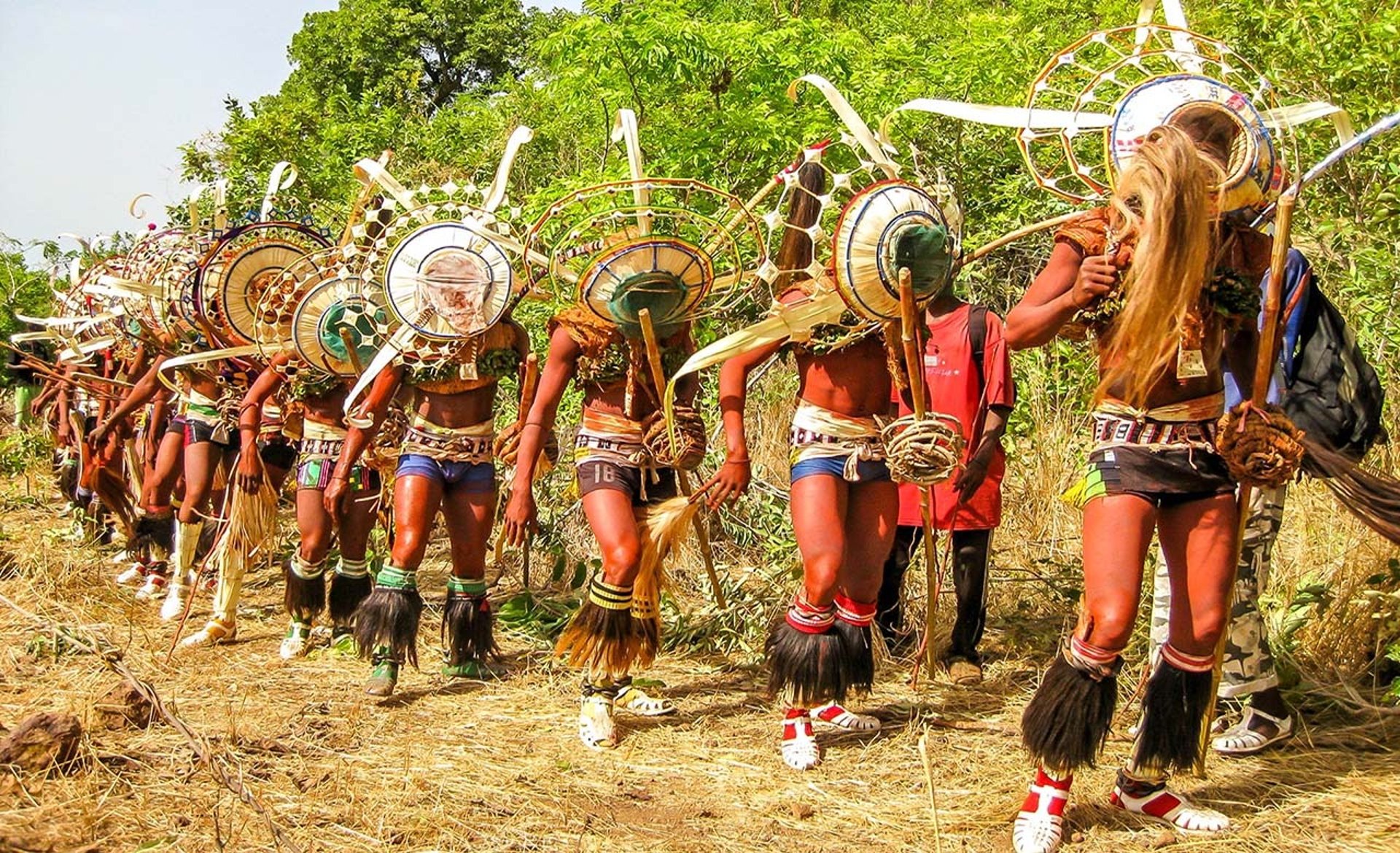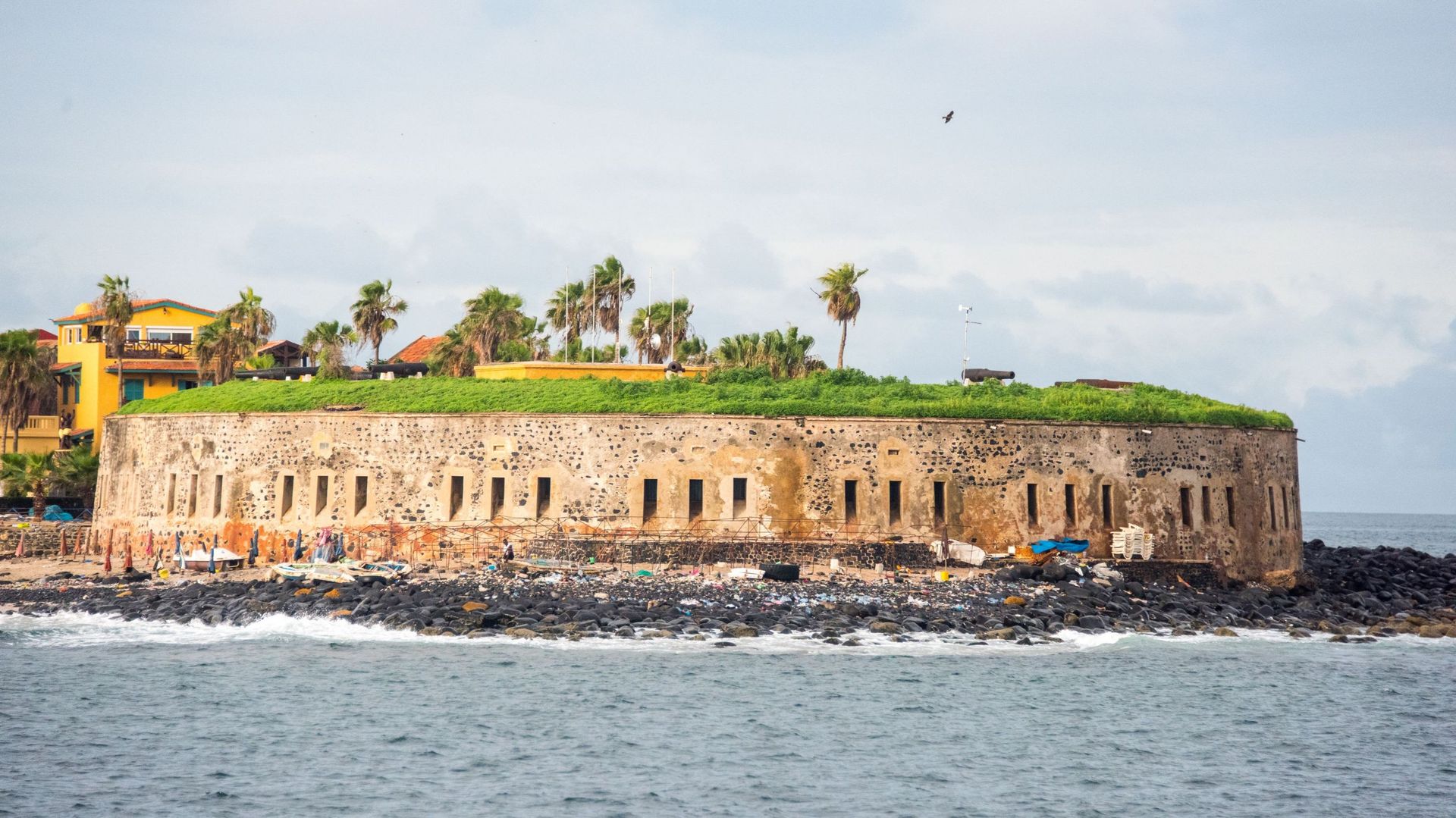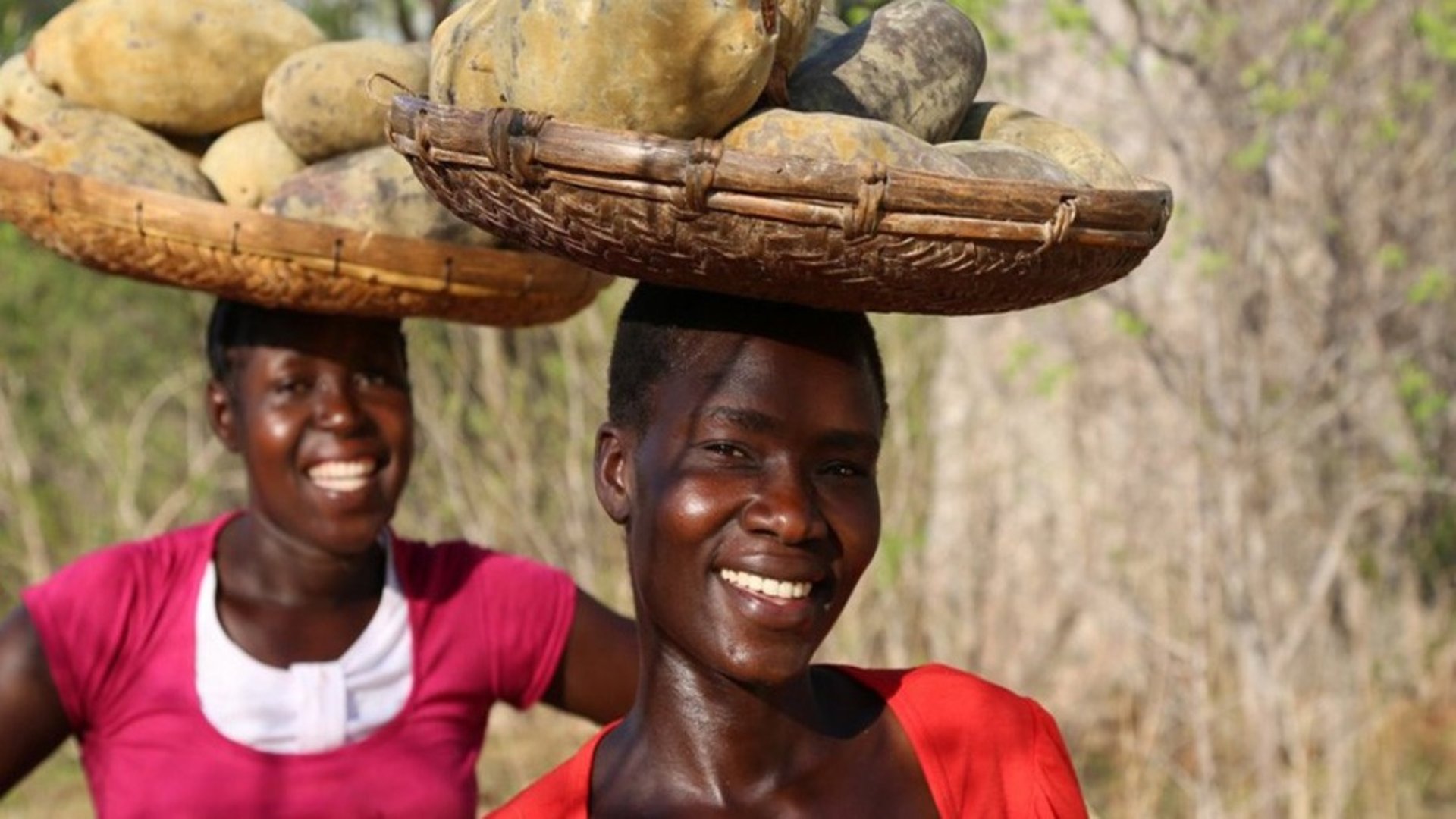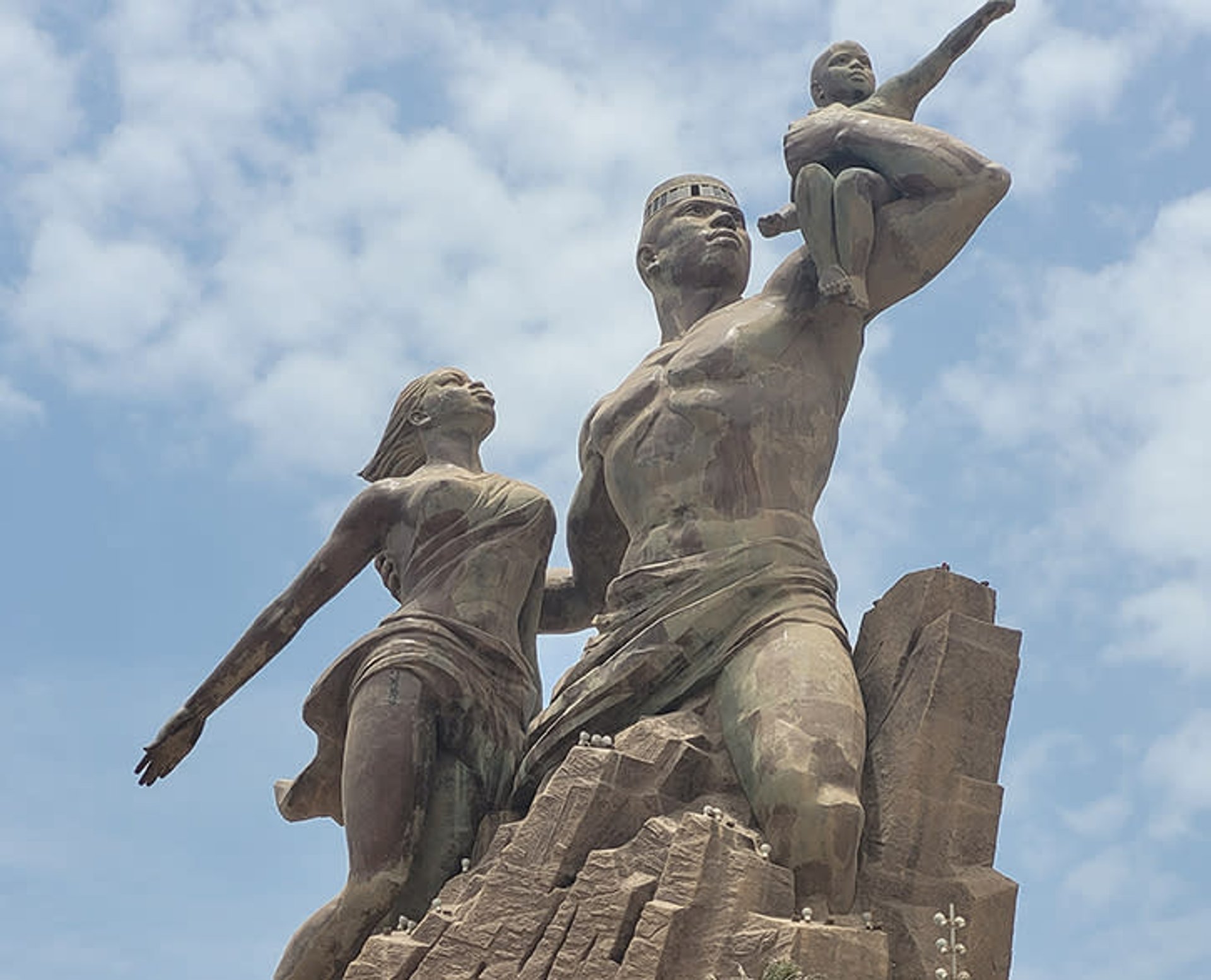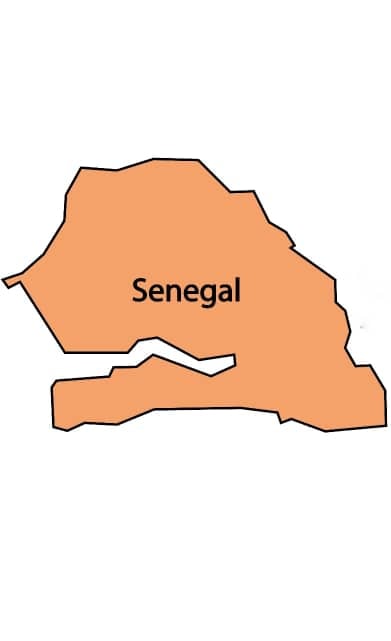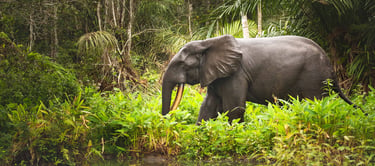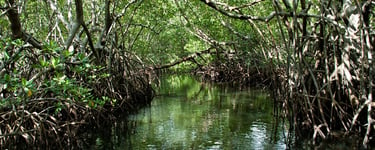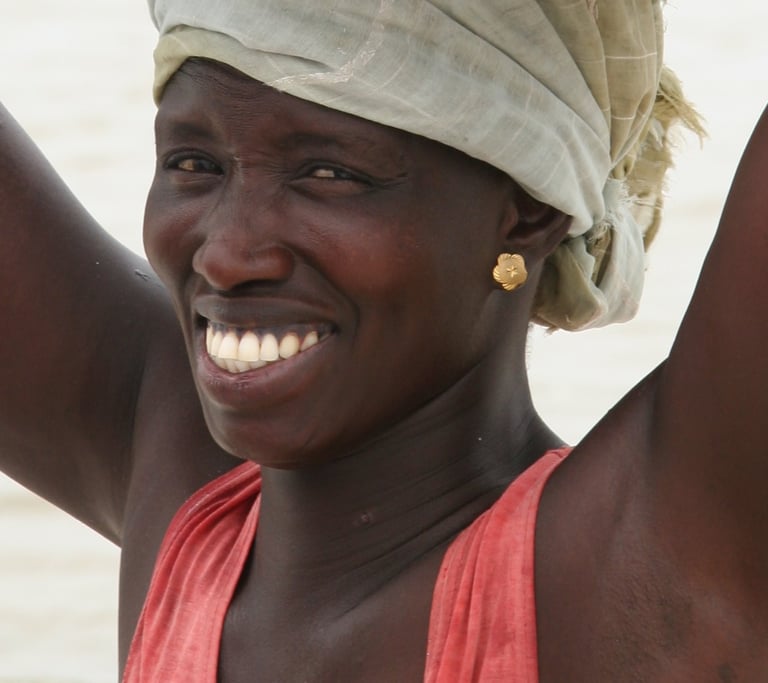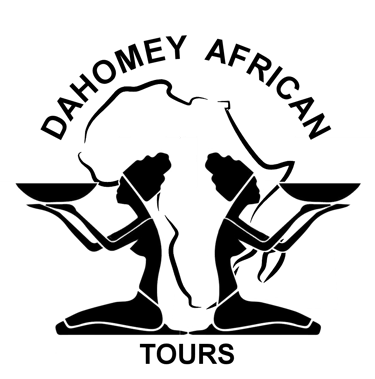Welcome to the Land of Tradition (Dalal Ak Jaam)
Exploring Senegal With West Africa's Leading Tour Company
Senegal, often referred to as the Gateway to Africa, is a country rich in history, culture, and natural beauty. Bordered by Mauritania to the north, Mali to the east, Guinea and Guinea-Bissau to the south, and the Atlantic Ocean to the west, Senegal is a land of vibrant traditions and breath-taking landscapes.
One of its most profound historical landmarks is Gorée Island, home to the House of Slaves, a powerful reminder of the transatlantic slave trade. The island’s colonial architecture and narrow streets tell stories of resilience and heritage.
For nature lovers, Niokolo-Koba National Park, a UNESCO World Heritage Site, offers incredible opportunities for wildlife viewing, from lions and hippos to rare bird species. Meanwhile, the stunning Pink Lake (Lac Rose), famous for its unique pink hue caused by high salt content, is a must-visit.
Dakar, the vibrant capital, is a city of contrasts, bustling markets, lively music scenes, and historic sites like the African Renaissance Monument, the tallest statue in Africa. In Saint-Louis, the country’s former colonial capital, visitors can explore well-preserved French colonial architecture and experience the annual Saint-Louis Jazz Festival.
For adventure seekers, the Lompoul Desert provides a taste of the Sahara, with golden dunes perfect for camel rides and stargazing. And along the coast, the picturesque fishing village of Joal-Fadiouth, with its island made entirely of seashells, offers a unique cultural experience.
From its deep-rooted history to its stunning natural wonders, Senegal promises an unforgettable journey filled with discovery, culture, and adventure.
Senegal has a tropical climate with two distinct seasons: the dry season and the rainy season. The dry season, influenced by the Harmattan, a dry, dusty wind from the Sahara, typically lasts from November to May, bringing hot days and cooler nights, especially in the northern regions. The rainy season occurs from June to October, with heavier rainfall in the southern part of the country.
Temperatures in Senegal remain warm throughout the year, with daytime averages ranging from 25°C to 35°C (77°F to 95°F). Coastal areas, including Dakar, experience milder temperatures due to the cooling effects of the Atlantic Ocean, while the inland and northern regions tend to be hotter and drier.
Humidity varies across the country, being higher in the south, where lush forests and wetlands thrive, and lower in the arid north, where the landscape transitions into the Sahel. Annual rainfall ranges from 300 mm (12 inches) in the north to 1,500 mm (59 inches) in the south, with the Casamance region receiving the most precipitation.
Overall, Senegal's climate offers sunny and dry conditions for most of the year, making it an ideal destination for travel and exploration.
Senegal’s landscape is characterized by three distinct vegetation zones: the Sahelian savannah in the north, the Sudanian woodland in the center, and the coastal savannah along the Atlantic shoreline. The combination of abundant sunshine, seasonal rains, and fertile soil supports a rich and diverse ecosystem.
This natural diversity has allowed Senegal to conserve and develop its national parks and reserves, offering exceptional opportunities for wildlife viewing. From the arid beauty of the Ferlo Reserve to the lush wetlands of the Djoudj National Bird Sanctuary and the dense forests of Niokolo-Koba National Park, Senegal’s varied landscapes are a haven for nature lovers and eco-tourism enthusiasts.
Senegal is home to a network of protected areas and national parks, covering a diverse range of ecosystems and managed by the Department of National Parks. These conservation areas span thousands of square kilometers, preserving the country’s rich biodiversity and providing sanctuary for a variety of wildlife species.
Key protected areas include: Niokolo-Koba National Park, a UNESCO World Heritage Site and the largest national park in Senegal, home to elephants, lions, leopards, and rare bird species. Djoudj National Bird Sanctuary, a vital wetland and UNESCO-listed site, serving as a key stopover for migratory birds, including flamingos and pelicans. Langue de Barbarie National Park, a coastal reserve known for its birdlife and sea turtle nesting sites. Saloum Delta National Park, a stunning mix of mangroves, lagoons, and islands, supporting diverse marine and bird species. Basse-Casamance National Park, a lush tropical forest reserve rich in flora and fauna. Ferlo North and South Wildlife Reserves, Protecting the Sahelian savannah ecosystem and species like gazelles and antelopes.
Additionally, Senegal manages several Ramsar-designated wetlands, which play a crucial role in bird conservation, as well as marine protected areas along its coastline. These efforts highlight Senegal’s commitment to wildlife conservation and eco-tourism.
As of 2023, Senegal has a population of approximately 17 million people, according to the latest United Nations data. The country is home to a rich cultural diversity, with over 20 ethnic groups. The largest of these groups include the Wolof, Fula, Serer, Mandinka, and Jola, each with its own distinct language, traditions, and customs.
Senegal’s people speak a variety of languages, with Wolof being the most widely spoken and serving as the lingua franca. Other languages, such as Pulaar, Serer, Diola, and Mandinka, are also commonly spoken, alongside French, which is the official language. This linguistic diversity reflects the vibrant cultural heritage of Senegal.
Senegal is renowned for the warmth and hospitality of its people, making it one of the friendliest destinations in West Africa. Senegalese are known for their welcoming nature and strong sense of community. They take great pride in their cultural heritage and are eager to share it with visitors, inviting them to experience their traditions, music, and way of life. The sense of teranga (hospitality) is deeply ingrained in the Senegalese spirit, ensuring that every guest feels like part of the family.
Senegal, once part of the ancient Senegambia region, has a rich history shaped by powerful kingdoms, colonial influences, and a thriving cultural heritage. It was known as French Sudan during the colonial era and gained its independence from France on April 4, 1960, becoming the first French-speaking African country to achieve this milestone. The country’s name, Senegal, comes from the Senegal River, which runs through much of the country, serving as a vital lifeline for trade and transport throughout history.
Historically, Senegal was home to several great kingdoms, including the Kingdom of Jolof in the west, which was known for its advanced political systems and strategic coastal trade routes. The arrival of the Portuguese in the late 15th century, followed by the French, marked the beginning of a long period of European trade, including the transatlantic slave trade.
Senegal’s coastal position made it a key hub in the Atlantic slave trade, with historic sites like Gorée Island and the House of Slaves serving as poignant reminders of the country’s significant role in the trade. By the mid-19th century, Senegal was firmly under French control, and Dakar became an important administrative center in French West Africa.
Senegal’s path to independence was marked by a peaceful transition and the leadership of figures like Léopold Sédar Senghor, who became the country’s first president and one of Africa’s leading intellectuals. Today, Senegal remains a beacon of stability and cultural pride in West Africa, with a deep connection to its history and heritage, as well as a vibrant future.
Customise your Benin, Togo, Ghana, Senegal & Ivory Coast Tours
For more details including itineraries and prices, please message or contact us below using the Book a Tour now form
